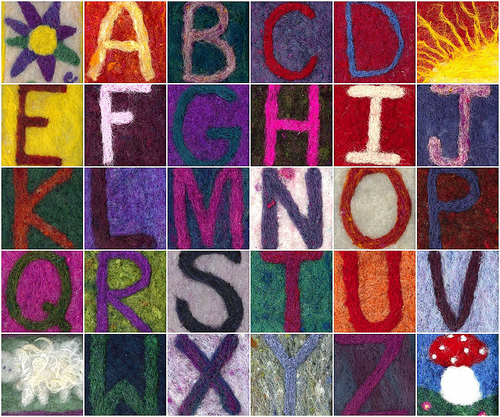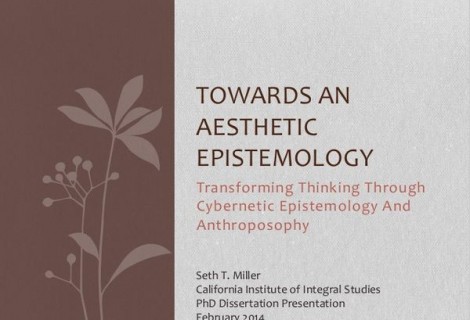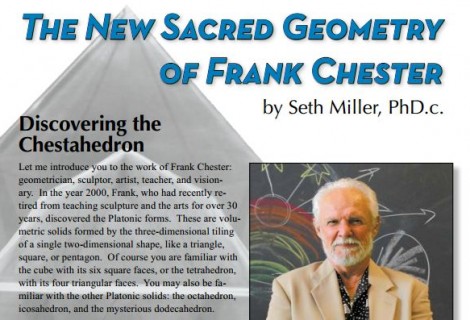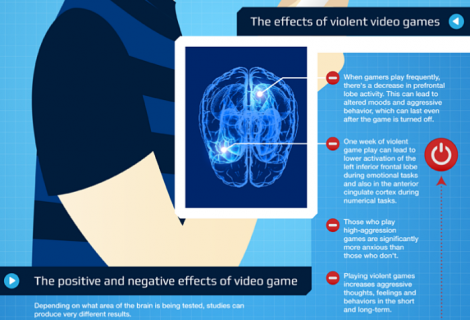Waldorf and Montessori – a tiny perspective
There is often confusion about the differences between Waldorf and Montessori methods of education. Having been a Waldorf teacher for six years certainly puts me in a biased position, but potentially one that can also offer some perspective on the matter.
The Waldorf pedagogy recognizes that how one approaches the child is keyed closely to the developmental stages that naturally occur as the child grows, including a conscious awareness of not just the physical but also the life-body (etheric), desire/sense-body (astral), and ego realms. It is a major tenet of the Waldorf method that these developmental stages are not either random or completely individualistic, but partake of physical and spiritual patterns that have to do with the wider picture of the evolution of the human being in general. In other words, Waldorf pedagogy has a deeply spiritual background, and views education as a therapeutic, health-producing activity. The health in this case is produced not simply in the physical realm (although of course education works here too), but addresses the underlying growth-forces, the emotional, the intellectual, and the moral realms as well.
To give you an example of how Waldorf might differ from Montessori, a Waldorf educator (particularly regarding early childhood / kindergarten / first few grades) would see that the level to which Montessori educators allow ‘free reign’ of the children’s predelictions can potentially be harmful, because this brings in aspects of the child’s astral body (life of desire) too early, which can result in the hampering of the development of the child’s sense of interconnectedness, feelings of social responsibility, and sense of humility. In contrast, the Waldorf educator provides a robust curricula that addresses a wide array of inner potentials that the child may not be conscious of, let alone would choose to exercise, but which need care and environmental response to come to fruition.
The child cannot be asked to take on these aspects of self-development in a conscious, self-reflective way, because this requires the benefit of a well-formed and integrated ego which they can only enjoy once the education has taken effect! In other words, the educators are the ones which must provide for an environment which is conducive to the all-around present and future health of the growing child. Providing such environments is the art of educating, and it is important that what is presented to the child find deep resonance in the particular experiences that accompany the child’s inner life as they grow from year to year.
The pegagogical background of Waldorf education is geared towards identifying how the various aspects that make up the growing human being (physical, etheric, astral, ego) uniquely manifest themselves at different stages of development, so that educators can craft potential experiences which meet their changing needs–many of which the child is not able to consciously recognize or express, but whose recognition by the educator is essential if they are to be met in a healthy and integrated way.
You can think of it a bit like this: if you plant a seed in the soil, you wouldn’t want to do so at the wrong time of the year. You also wouldn’t treat the seed in the same way as you would a grown plant, or a plant that is about to produce fruit. Each stage of the plant’s growth requires (and is evolutionarily keyed to) specific environmental potentials, and it is the processual, rhythmically experienced flowing from stage to stage, environmental condition to environmental condition, that nurtures the overall health of the plant as a whole, over its entire life-cycle.
Montessori education can (of course this depends on the specific conditions under consideration, including the particular child) serves to maximize particular potentials of the child, which can work against the overall development of the child if allowed to proceed too strongly or for too long. It’s like giving too much fertilizer to a young plant, which cannot process the nutrient efficiently or quickly enough, resulting in stunted growth, overgrowth, or other imbalances.
Of course, when speaking of children, we are talking about things like developing a sense of community, of fairness, of warmth of soul, of enjoyment of diversity, of respect for otherness, and so forth. Montessori does an excellent job of promoting individuality, and the availability of the arts is fantastic and a terribly under-represented realm of human experience in education. Long term Montessori students may be more likely to find themselves in a particular realm of experience–one that they have chosen, yes–but which may rigidify their soul forces so that they have a harder time appreciating other realms of human experience and effort.
Creativity should not be too linked to personal desire, because the deepest source of creativity is–in the end–always found beyond the part of ourselves that initiates desire. It is rather about balance, or better yet harmony between structure and freedom, contraction and expansion, the inner and the outer. If we do not pay attention to the subtle shifts in the inner life of the developing child, we will miss the opportunities made possible by meeting the associated needs with the appropriate challenges and experiences, or we may alternately overdevelop and underdevelop specific patterns that take place in the child’s soul life.
See also:
http://www.steinerstorehouse.com/blog/archives/206 (an article written by someone who has been a teacher in both educational systems)
http://www.jnorth.net/mindmaps/personal/parenting/parenting%20research/Waldorfvs.Montesorri.html
http://www.mothering.com/discussions/showthread.php?t=199390







